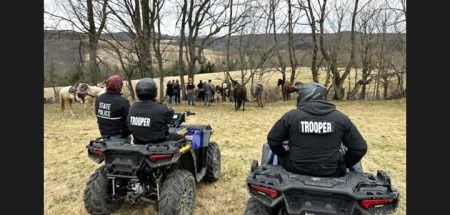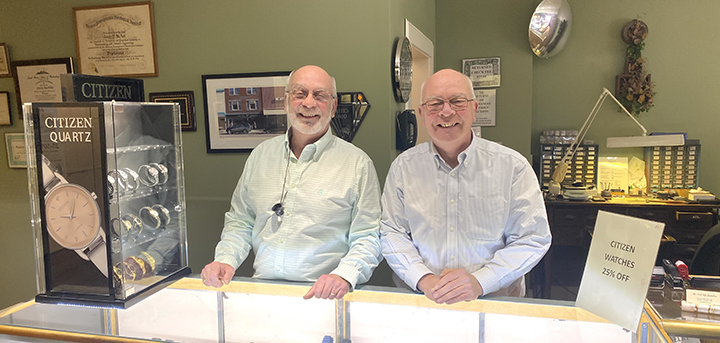The Different Types Of Tuning
Published:
July 8th, 2020
By:
Eric Davis

When you start looking into the world of archery and bow hunting, a term that pops up frequently is tuning. Whether it is discussing simple setup or the complex decision of what broadhead to use, you will hear about different tuning methods.
To keep it simple, tuning a bow would be close to shooting reloaded ammunition. It is the fine tinkering to get things exactly right.
The first tuning method you will likely hear about is paper tuning. Paper tuning involves shooting an arrow through a piece of paper so that you can see how the arrow was oriented. By looking at the vane marks you can see if the arrow is coming off the bow with the nock kicked to the side, high/low, or both.
The goal of paper tuning is to have the arrow coming off the bow straight (left to right) and level (up and down) when shooting parallel to the ground. This means shooting into a target that is shoulder height so a target on the ground is not going to be useable. Without going into too great of detail, you look at the tear in the paper and you move the nock point on the string up or down to fix high and low tears. To address left and right tears, start by moving your rest. If you move your rest as far as you can and it still is not helping, you can try adding and removing twists from your yolk cable or your arrow spine may not be correct for your setup. Once you have the hole in the paper perfect, you can move on to another tuning method.
The walk back tune is simple and straight forward. Start out by shooting a target at 10 yards and adjusting your sight so you are hitting the bullseye. Once you are good at 10 yards, shoot one arrow at 10 yards at a place high on the target and leave it in the target. Go to 20 yards and shoot the target using the 10-yard pin to aim. Leave the arrow in the target and repeat at 30 and 40 yards. Look at the pattern of your arrows. You want the arrows to make a vertical line, not diagonal. If they are diagonal, move your rest in the opposite direction of the drift of the lower arrows (40-yard arrow is left of center, move the rest to the right). Only move the rest in increments of 1/16 of an inch at a time to avoid over correcting. Keep shooting groups until the arrows stack up vertically. For easy reference, you can place a vertical line on the target using tape and a level or string and a plumb bob.
French tuning is remarkably like walk back tuning, but it is different at the same time. Start by placing a vertical reference that is easily visible on the target (such as painters’ tape). Start close to the target, like 10 feet away, and shoot with your sight on the middle of the vertical marker using your 40-yard pin to aim. If the arrow hits anywhere but in the middle of the line, move your sight left or right. Repeat until it hits the middle. Now go back to 40 yards. Shoot an arrow at the center of the marker. If it hits left or right, move your rest in the opposite direction and repeat until it hits the middle.
A less commonly used tuning method is the bare shaft tune. The bare shaft tune takes the principal of the paper tune but applies it to the arrow without the vanes attached. The vanes on an arrow add drag while stabilizing the arrow in flight. By looking at how a bare shaft comes off from the bow, you can try to get the shaft to fly perfectly straight without the aid of the vanes. You shoot through paper just like paper tuning. The bare shaft tune is popular with hunters who shoot fixed-blade broadheads. A fixed-blade broadhead adds drag at the front of the arrow and can be too much for the vanes to correct if the arrow isn’t coming off the bow straight.
Once you have consistent bullet holes (no directional tears) in paper, start shooting a bare shaft and a fletched arrow at the same target at 20 yards. You want the two arrows to hit right next to each other. If they do not, use small adjustments on the rest until they do. Do not worry about the change that the rest movements will have on the arrows compared to your sight when aiming. Only focus on the arrows grouping together. Once that happens you can move your sight and be dead on.
If you have any questions on the various tuning methods, talk to your local archery shop or you can look them up online if you think you can trust what is put online. Regardless, a properly tuned bow will make for more accurate shooting.
Author: Eric Davis - More From This Author
Comments






